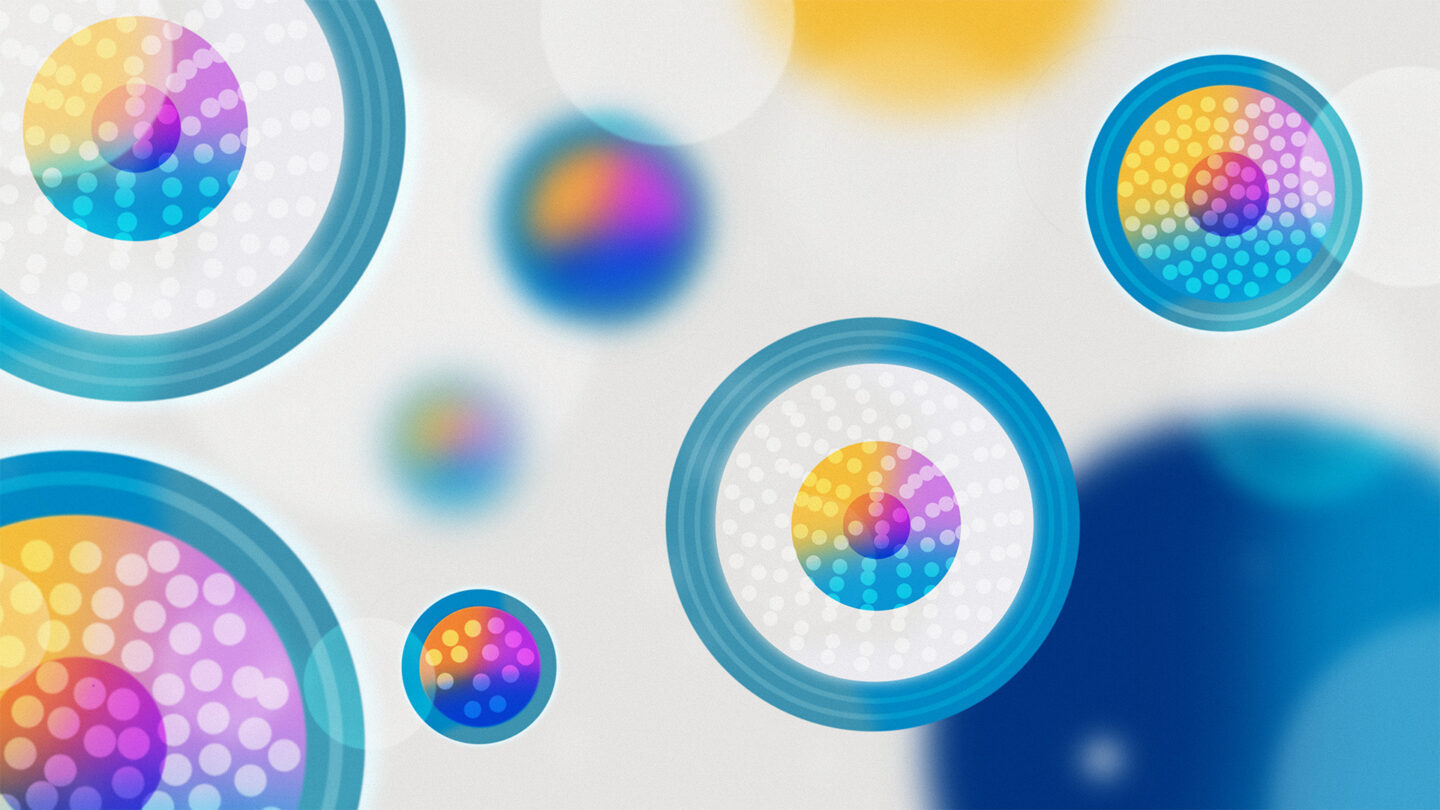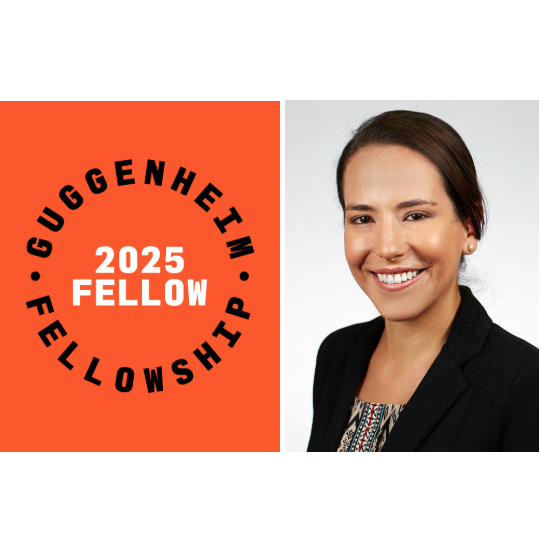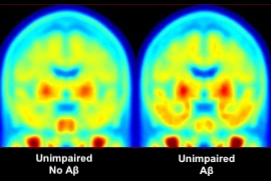



-
Normal is Good: Breast Cells Produced in Novel Media Resemble Those In Vivo
When studying human cells in a laboratory, it is important that the media, or the broth that bathes the cells, contains all of the nutrients necessary to support cells through their normal growth and division phases even though they are outside of the body. Bioscientists at Berkeley Lab have a long history of studying breast cancer, and Martha Stampfer, senior scientist in the Biological Systems & Engineering (BSE) Division, has spent decades developing media now widely used by the community. Today, PLOS ONE published a study describing a comprehensive analysis of three kinds of media used to grow human mammary…
Read the article -
JBEI Hosts Fossil-Based Resources, Refining, Fuels & Petrochemicals Technology Workshop
On September 20-21, JBEI hosted an internal workshop that covered the fundamentals of the production of petroleum and natural gas and their refining and conversion to chemicals. The workshop leader was Dr. Paul Bryan, former Director of DOE’s Bioenergy Technology Office (BETO), and the former VP of Biofuels Technology and Founding Manager of the Alliance for Advanced Energy Solutions for Chevron.
Read the article -
Three Agile BioFoundry Bioenergy R&D Projects Receive DOE Awards
Earlier this month the U.S. Department of Energy (DOE) announced the selection of 36 projects totaling $80 million to support early-stage bioenergy research and development (R&D), including three that will make use of DOE’s Agile BioFoundry expertise in the areas of advanced biomanufacturing and bioproducts. This R&D will enable cost-competitive, drop-in renewable hydrocarbon fuels, bio-based products, and power from non-food biomass and waste feedstocks. The work supports the DOE’s goal of reducing the cost of bio-based drop-in fuels to $3/gallon by 2022 to continue to provide consumers with affordable, reliable transportation energy choices.
Read the article -
Biosciences Scientists Featured in The New Yorker
Biosciences scientists Héctor García Martín, Jay Keasling, and Jill Banfield (whose primary affiliation is with the Earth & Environmental Sciences Area) were mentioned an article by Amia Srinivasan entitled “What Termites Can Teach Us” published in The New Yorker. Read the article.
Read the article -
Another Great Year for the Biotech Partners at the Biosciences Area
This past Saturday, August 11, seven Biotech Partners high school students who interned at the Biosciences Area participated at the Biotech Partners end of summer celebration and poster competition. Four of the seven Biosciences interns made it to the finalists round of the poster competition. Mitzy Rubio from the Biological Systems and Engineering (BSE) Division received an honorable mention for “Most Creative Poster” and Raven Young from the Joint Genome Institute (JGI) received an honorable mention for “Best Oral Presentation”.
Read the article



